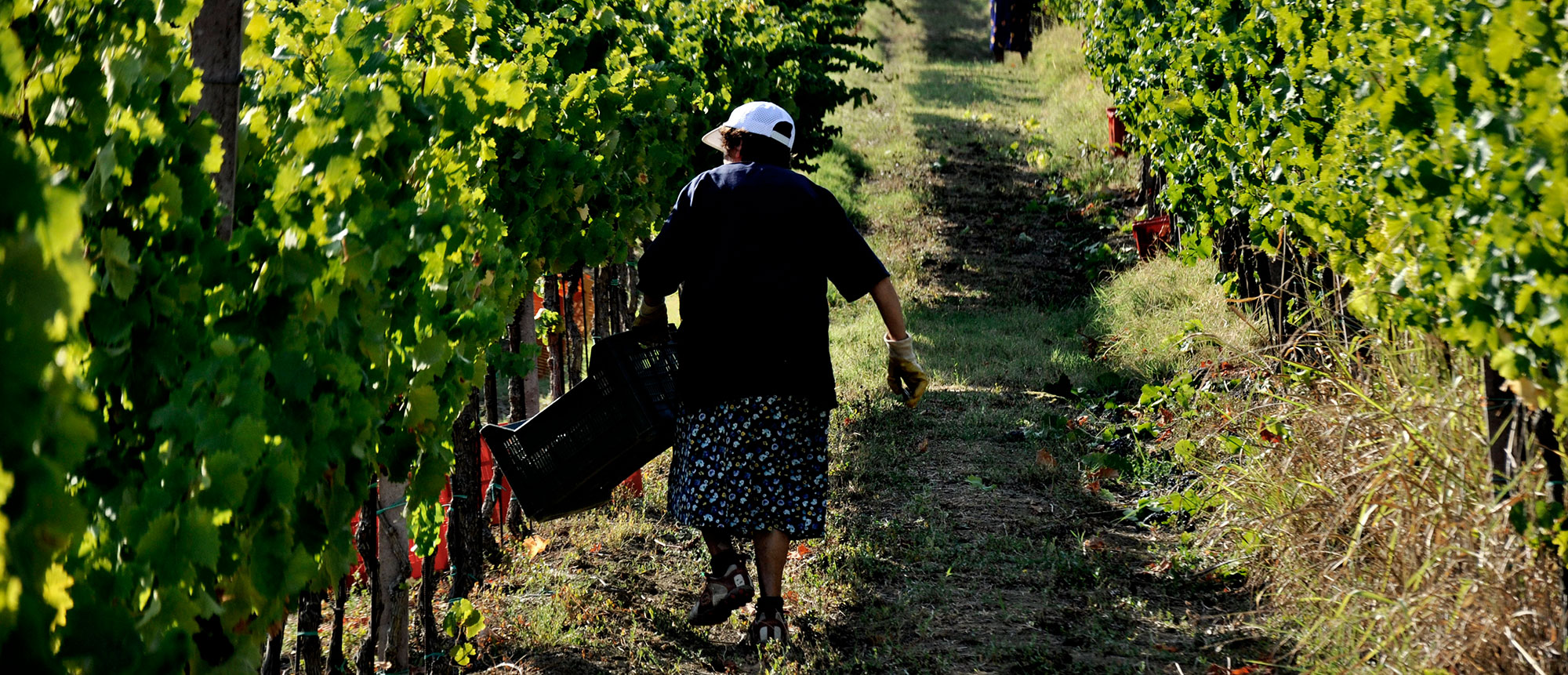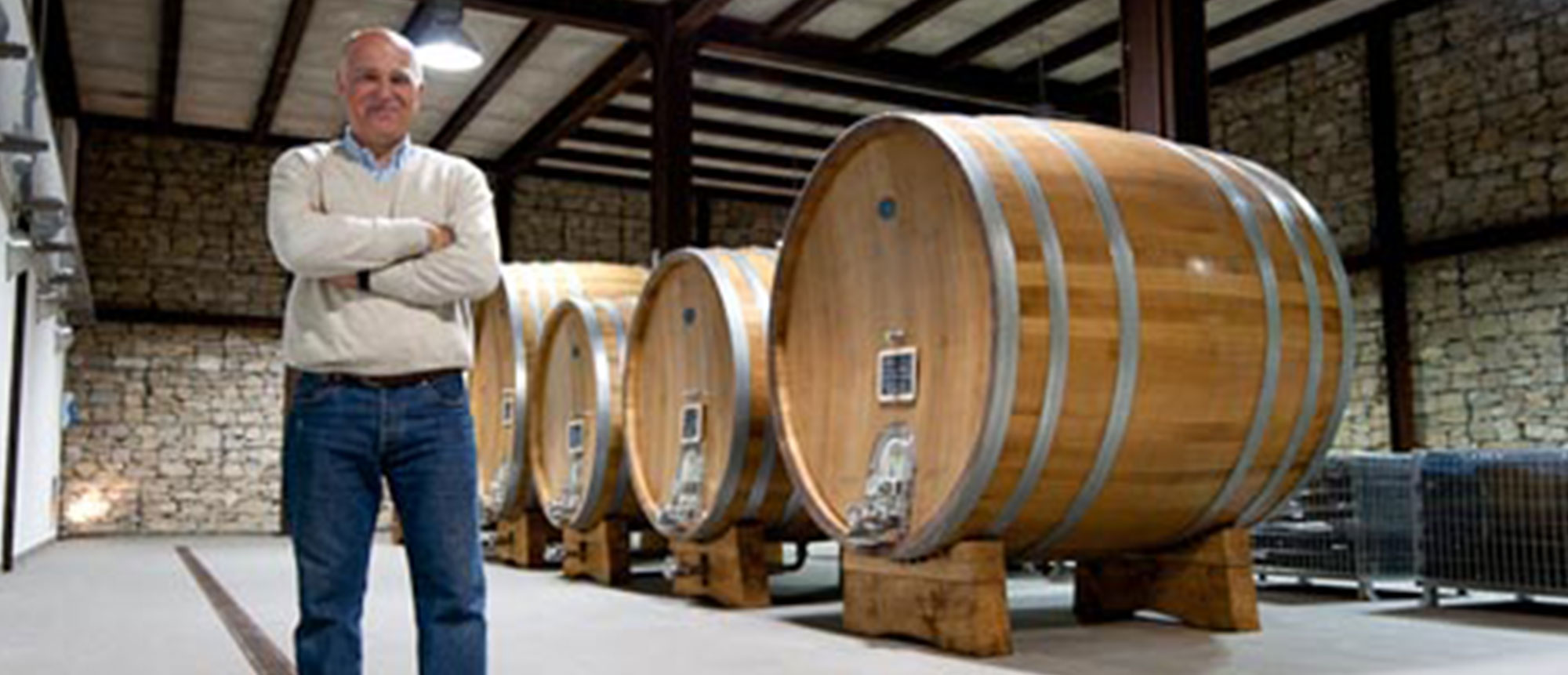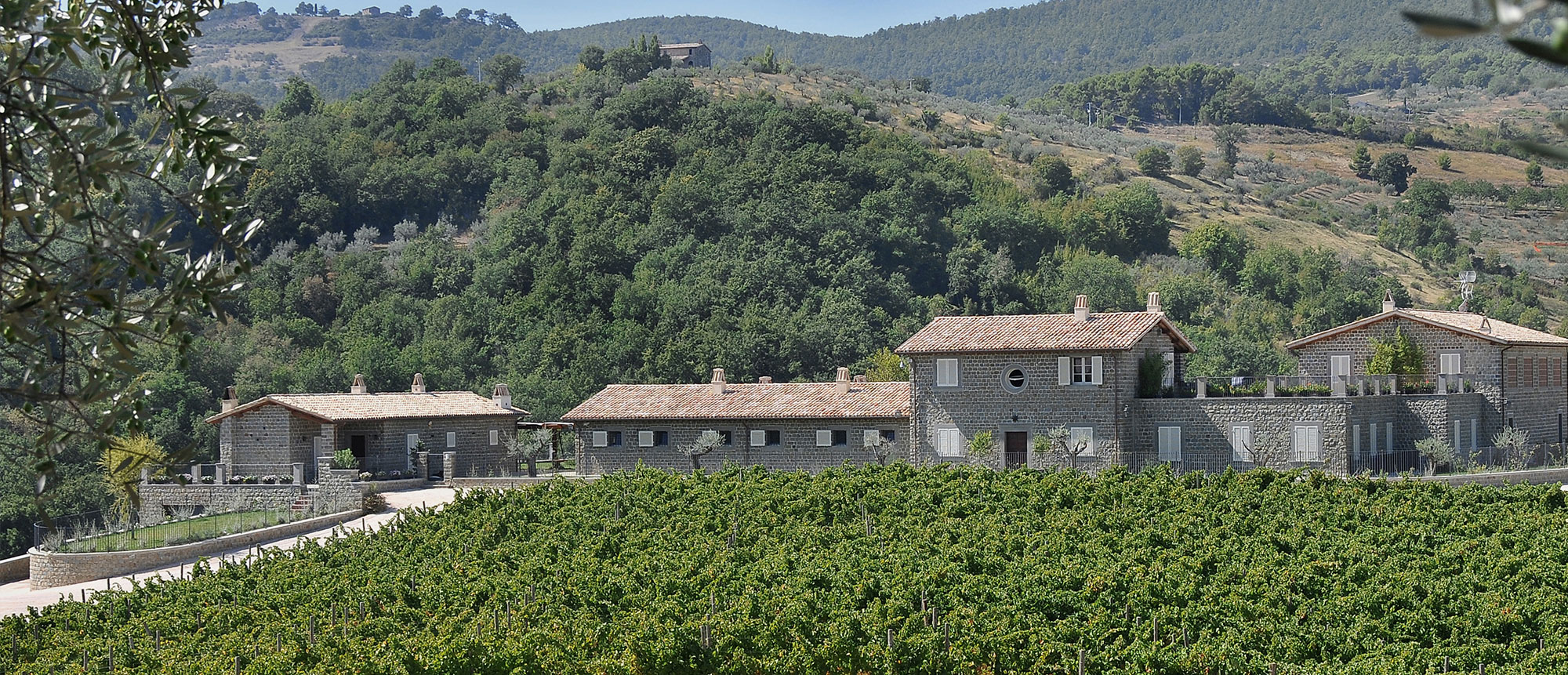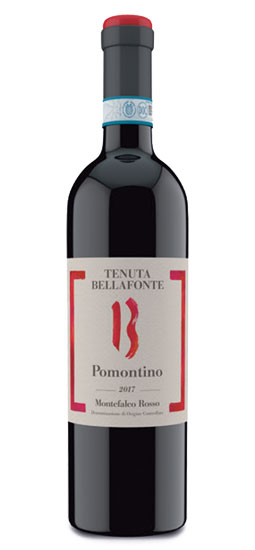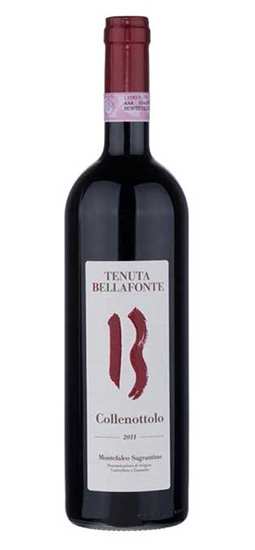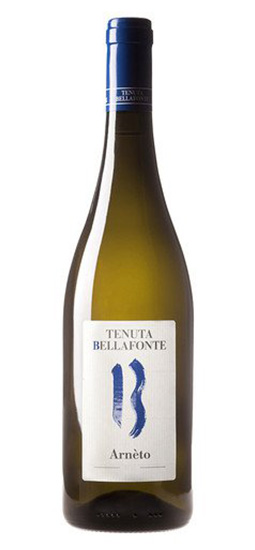Tenuta Bellafonte
Umbria is known as “the green heart of Italy,” located in its very center. The region’s rolling, restful scenery has inspired some of the country’s finest art and spirituality, even inspiring Saint Francis himself. Peter Heilbron, a Milanese-born executive from the food and beverage industry, fell in love with this peaceful landscape while he was working for a major international food brand, in 1985-98. After a few years as CEO of two leaders in the spirits and beer industries, he decided to act on his passion for the unique terroir of Montefalco, near Perugia and home to a powerful and celebrated Italian wine: Sagrantino di Montefalco DOCG. He took a chance and bought 23 hectares (57 acres) close to Bevagna, in one of the region’s most untouched, pristine landscapes. There are 7 hectares (17 acres) of Sagrantino under vine, from new and old vines as well as 2 hectares of Trebbiano Spoletino and four more on their way. The sun-drenched tough, stony soil is mixed with the area’s typical marn and arenaceous formations. The remaining hectares include woodlands and 2,500 local-variety olive trees. Tenuta Bellafonte’s aim is to blend into the landscape, impacting the environment as little as possible. The winery and cellar are both located underground. The estate also uses solar panels and a biomass boiler, meaning no damage or waste; even the remains of pruning are used to produce energy. The winery itself rests on a stainless steel and stone structure directly in contact with the rocky soil, enjoying ideal ventilation thanks to underground conduits that transfer outside air and ensure naturally cool temperatures. Hot air exits the winery through two large chimneys. This same, eco-friendly logic applies to the Bellafonte vineyard practices. Fertilization is entirely natural, by means of manure. They do not use chemical herbicides and the trickiest work is performed by hand. Collenottolo (colle means hill in Italian and Nottolo is the name of the hill) is named for the location of the winery and most of the Sagrantino vineyards. “We felt this was the best name for a wine that is so deeply rooted in its terroir,” explains Peter.

